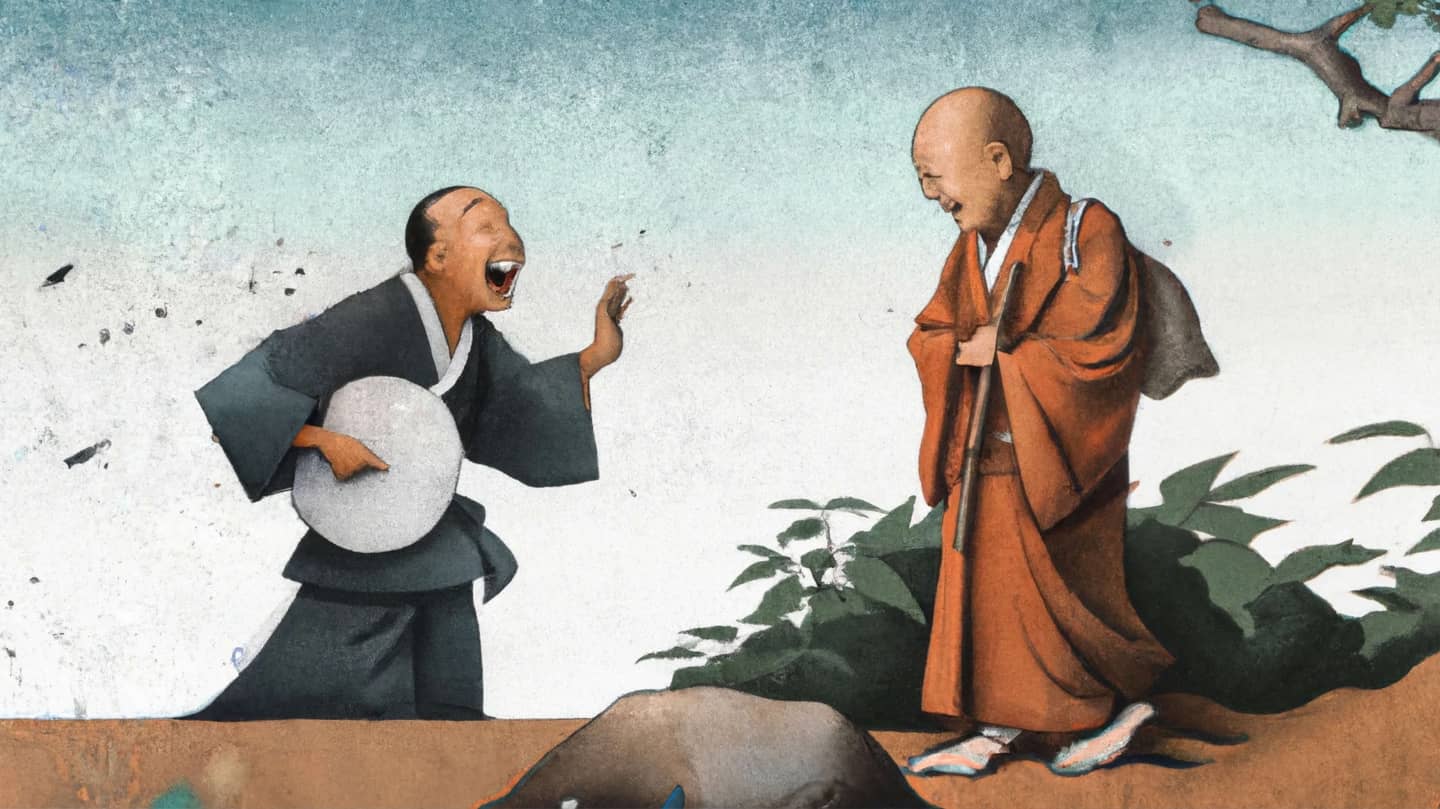Zen and the Art of Gambling
In which a tradesman congratulates himself on his betting strategy.

It was a bright, beautiful day, and the Zen Master was enjoying his walk in the sunshine.
Just when he thought that the day couldn’t get any better, he came across a tradesman, who had a radiant smile on his face.
“Good day to you,” said the Master, “It is pleasing to the eye to see someone this happy.”
“I am happy, Master,” said the tradesman. “I went to gamble at the tobakujiu yesterday. I started with ten gold kobans, and thanks to my skilful betting, I left with twenty!”
“Well, well,” said the Master. “And here I was, thinking that gambling was all about good fortune.”
“Oh, no Master,” said the tradesman. “It is all about skill and dedication. You see, I have been going to the tobakujiu every night for a fortnight. And every night I took ten gold kobans with me, no more, as to not displease Kangiten. I kept losing money, but I held firm, and last night, my steadfastness paid off as I doubled my wager!”
“I salute you,” said the Master. “But clarify one thing for me. Having gambled for a fortnight, didn’t you end up losing a hundred and twenty kobans?”
“Oh, no Master,” said the tradesman. “Those are sunk costs!”
“I see,” said the Master.
The tradesman greeted and dashed off to the tobakujiu. Not Enlightened, but very pleased with himself.
Follow-up post
In the next post, we are going to talk more about the sunk cost fallacy in software development.